评级机构Crisil表示其预测印度的可再生能源储能容量将从2024年3月在运营的1GW到2028财年激增6GW。该机构表示,储能容量的增加主要是由于实施中的稳健项目渠道以及拍卖的预期健康进展。这个增加对于可持续地吸纳印度整体发电结构中可再生能源不断上升的份额来说非常关键。
分析师强调,尽管项目的实施较为缓慢,政府对可再生能源的推动和全天候能源的保护性关税能够提升在储能采用方面的自信。很明显,最近针对全天候可再生能源的关税能够相当于其他连续性能源的关税。
由于整体发电量中太阳能和风能的比例不断增加,储能变得越来越重要。由于可再生能源发电集中在特定时间,比如一天中的太阳能,通常和一般在早上和夜晚的用电高峰期并不匹配。因此,多余的发电量必须储存起来并在需要的时候释放,从而保持电网平衡。
为应对这一问题,政府正在推广独立的储能系统,比如抽水蓄能、电池储能和储能相关的项目,将可再生能源发电与储能结合起来。这类项目的拍卖量有所增加,过去两年拍卖了一个3GW的独立储能系统和10GW的储能相关项目,包括2GW储能。截止2024年5月,已经创造了一个6GW的储能渠道。
根据政府预估数据,开发这许多储能对于可持续地将可再生能源在总发电量中的份额从20%提升到22%来说非常重要。
然而,进展仍然较缓慢。Crisil Ratings高级总监Manish Gupta表示,国家配电公司(discoms)的采用进展缓慢是一个显著阻碍,截止2024年5月,60%到65%的项目都缺少购电协议(PPA)。
展望未来,Crisil预计政府对可再生能源的推动以及储能项目与其他全天候能源相差无几的保护性关税将提升采用率。
政府计划在2030年前将印度的可再生能源容量从2024年3月的130GW增加到450GW。为达成这一目标,discoms需要履行可再生能源采购义务(RPO),在2028财年前将可再生能源在他们产品组合中的份额从25%增加到39%。这将推动discoms购买更多的可再生能源,并且随着市场渗透增长,储能对于电网平衡的重要性将不断提升。
Crisil Ratings总监Ankit Hakhu表示,储能项目的关税比一般的可再生能源标更高,与包括中期燃煤热电采购协议在内的其他全天候能源相差无几。这一对比或可鼓励更多的PPA。
作者:Uma Gupta
This content is protected by copyright and may not be reused. If you want to cooperate with us and would like to reuse some of our content, please contact: editors@pv-magazine.com.
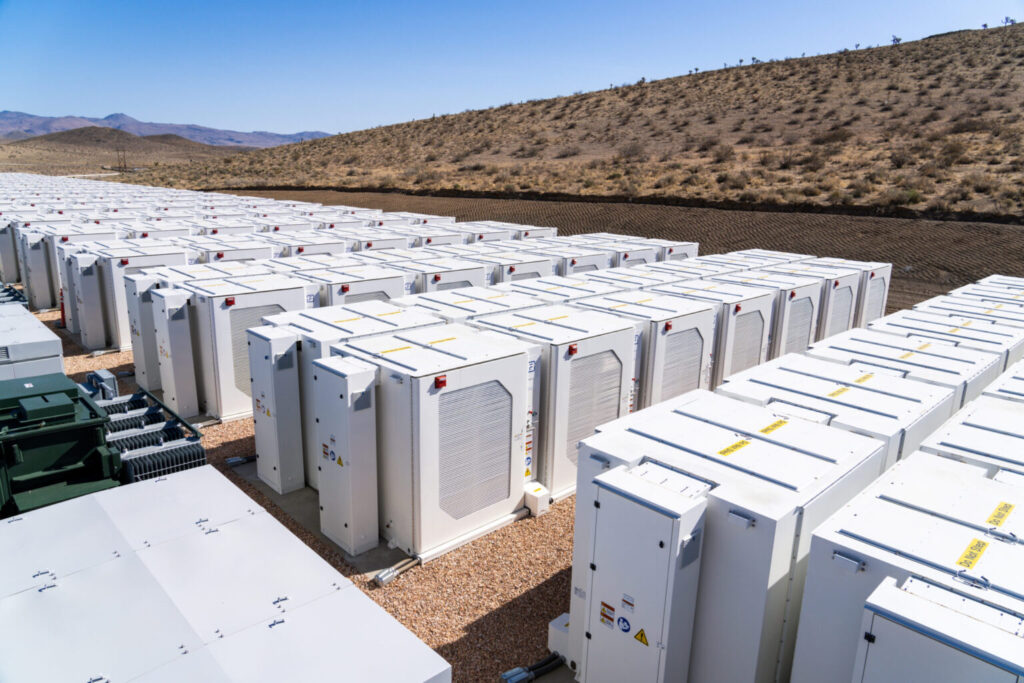


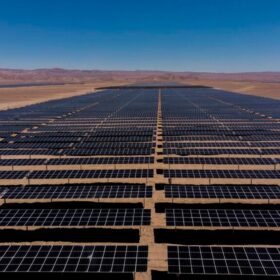




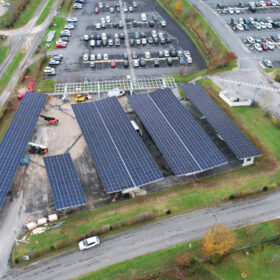
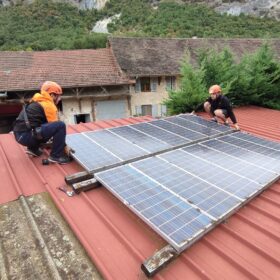

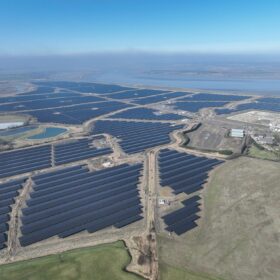
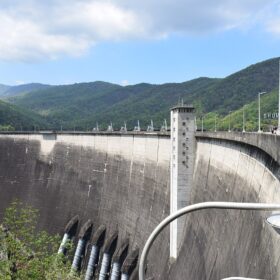
By submitting this form you agree to pv magazine using your data for the purposes of publishing your comment.
Your personal data will only be disclosed or otherwise transmitted to third parties for the purposes of spam filtering or if this is necessary for technical maintenance of the website. Any other transfer to third parties will not take place unless this is justified on the basis of applicable data protection regulations or if pv magazine is legally obliged to do so.
You may revoke this consent at any time with effect for the future, in which case your personal data will be deleted immediately. Otherwise, your data will be deleted if pv magazine has processed your request or the purpose of data storage is fulfilled.
Further information on data privacy can be found in our Data Protection Policy.